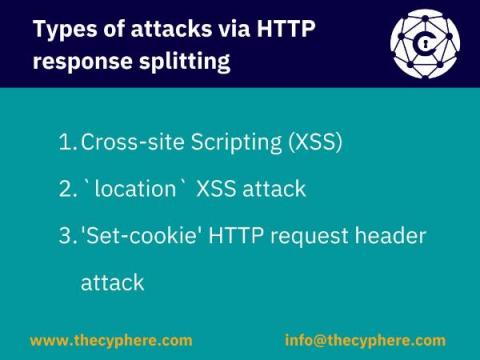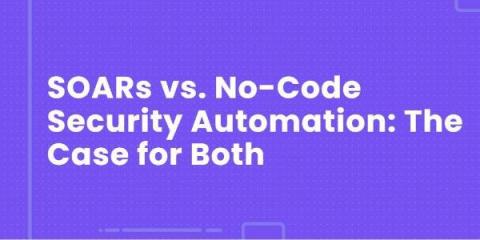HTTP Response Splitting Attack
HTTP Response Splitting entails a kind of attack in which an attacker can fiddle with response headers that will be interpreted by the client. The attack is simple: an attacker passes malicious data to a vulnerable application, and the application includes the malicious data in the single HTTP response, thus leading a way to set arbitrary headers and embedding data according to the whims and wishes of the attacker.











